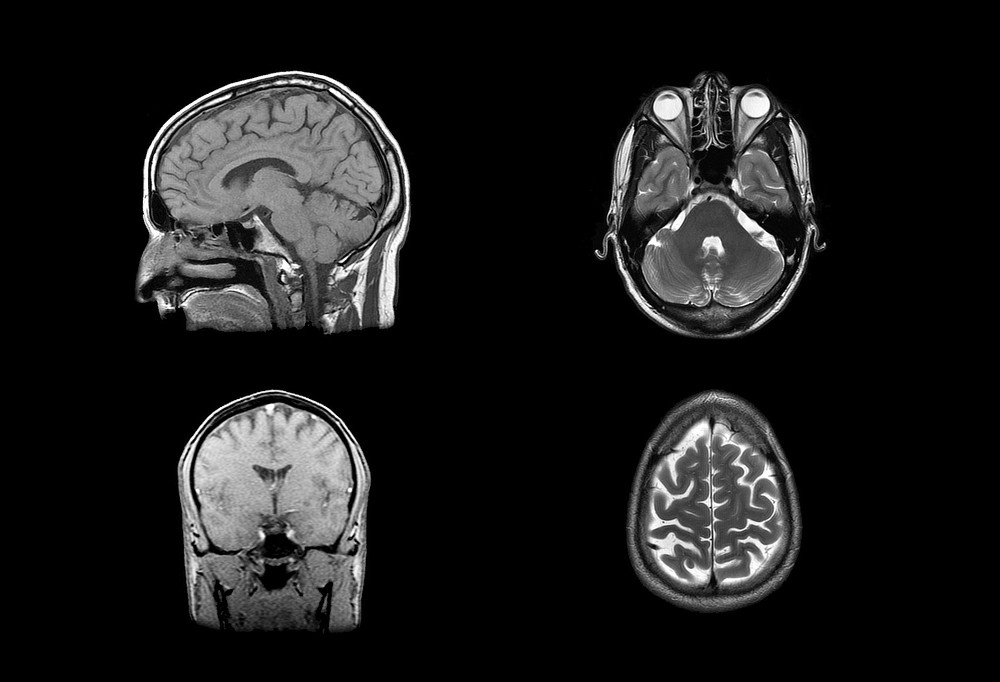
Dementia Diagnosis
The two most common causes of dementia in old age, Alzheimer's disease and frontotemporal lobar degeneration, present very similar symptoms at first but develop as two very different diseases. It would be helpful to know which disease matched the symptoms from the beginning so the patient and families could prepare personally and financially for the highest possible quality of life given a grim prognosis. New magnetic resonance imaging (MRI) techniques suggest a relatively easy way to distinguish between the two diseases so that the measures that are available to slow them down can be started at the earliest date possible.
- Important notification about information and brand names used in this slideshow!
- Photo courtesy of David Foltz by Flickr : www.flickr.com/photos/foltzwerk/281516702/
- Risacher SL, Saykin AJ. Neuroimaging biomarkers of neurodegenerative diseases and dementia. Semin Neurol. 2013 Sep. 33(4):386-416. doi: 10.1055/s-0033-1359312. Epub 2013 Nov 14.
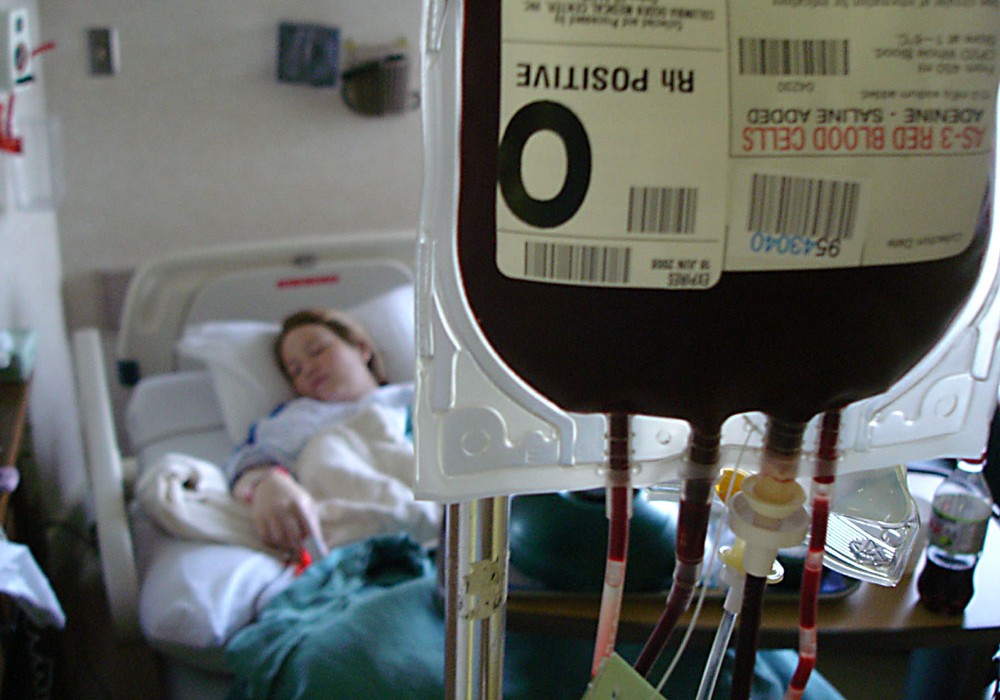
Universal Red Blood Cells
One of the most important discoveries about the blood supply, in the early twentieth century, is that there are different kinds of blood, A, B, AB, and O, all of which can be Rh-positive or Rh-negative. People who have AB-negative blood can receive blood donated by anyone, and people who have O-negative blood can donate to anyone. But O-negative blood is always in short supply. Scientists have discovered that stem cells (which can be harvested from fat cells) from people who have O-negative blood can be stripped of their nuclei, red blood cells not having nuclei, and used to grow new O-negative blood. Testing of the technique in people should begin in 2014.
- Important notification about information and brand names used in this slideshow!
- Photo courtesy of Brian by Flickr : www.flickr.com/photos/makelessnoise/2562431372/
- Chapanian R, Constantinescu I, Brooks DE, Scott MD, Kizhakkedathu J. Antigens protected functional red blood cells by the membrane grafting of compact hyperbranched polyglycerols. J Vis Exp. 2013 Jan 2. (71). doi:pii: 50075. 10.3791/50075. PMID: 23328980.
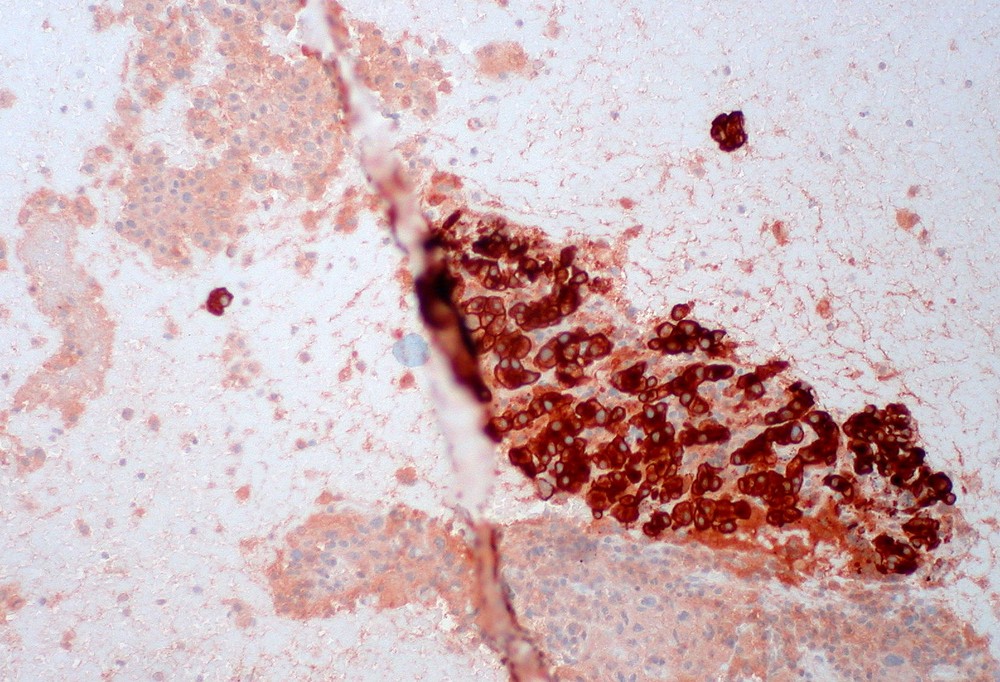
Melanoma Detection
Melanoma is an aggressive skin cancer that is easy to treat when detected early, but often fatal when diagnosed only after it has spread. Every year 76,000 people are diagnosed with melanoma and 9,000 die from the disease. The new Mela-Find technology uses 10 different frequencies of light to scan the skin and create images that are compared against a database of known melanoma cancer scans. Other up and coming technologies include an "electronic nose" inspired by dogs that have developed the ability to detect a scentof cancer, and paper testing of cancer for just pennies per patient. The scanning technology, Mela-Find, is likely to be available first.
- Important notification about information and brand names used in this slideshow!
- Photo courtesy of Ed Uthman by Flickr : www.flickr.com/photos/euthman/8191269274/
- Calin MA, Parasca SV, Savastru R, Calin MR, Dontu S. Optical techniques for the noninvasive diagnosis of skin cancer. J Cancer Res Clin Oncol. 2013 Jul. 139(7):1083-104. doi: 10.1007/s00432-013-1423-3. Epub 2013 Apr 4. Review. PMID: 23552870
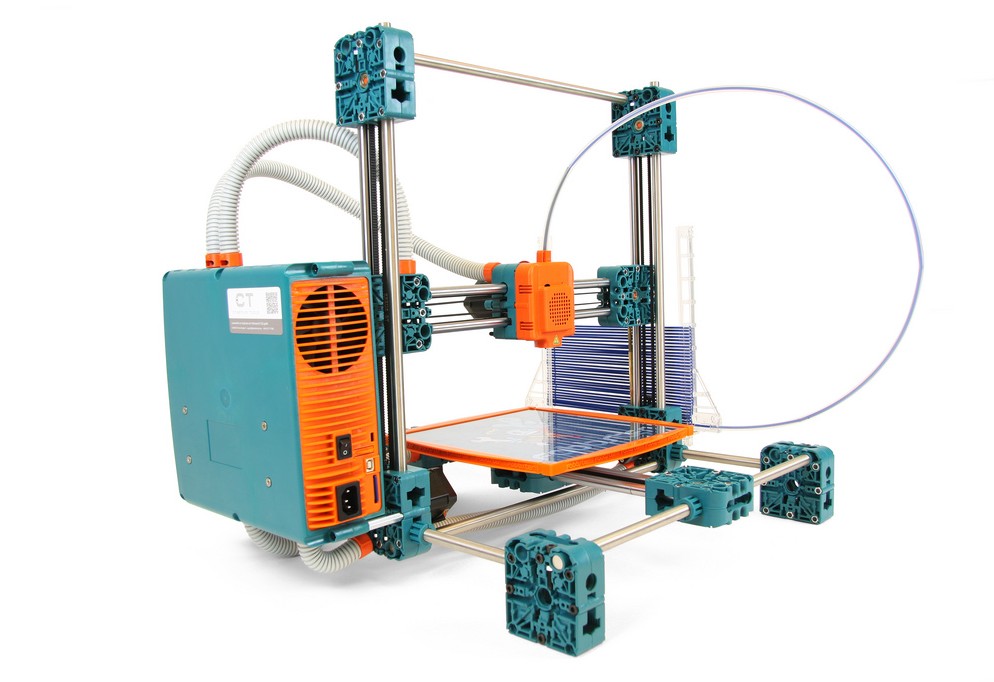
Printed Organs
Remember the old dot matrix printers, the printers that put words on paper by squirting tiny drops of ink? A similar technology that points droplets of cells has been used to make 3-D organs. Researchers have successfully grown tracheas and bladders from skin cells harvested from bone marrow, and they are now attempting to grow replacement intestines and heart valves. Since the organs are grown from the patient's own cells, there is no risk of rejection, and no trauma is inflicted on any other person to procure them. 3-D fabrication is becoming more and more available as a way of creating replacement organs from stem cells, now also more easily harvested from the skin.
- Important notification about information and brand names used in this slideshow!
- Photo courtesy of Creative Tools by Flickr : www.flickr.com/photos/creative_tools/8121256525/
- Fischer S. The body printed: how 3-d printing could change the face of modern medicine?and why that future is still so far away. IEEE Pulse. 2013 Nov. 4(6):27-31. doi: 0.1109/MPUL.2013.2279618. PMID: 24233188.
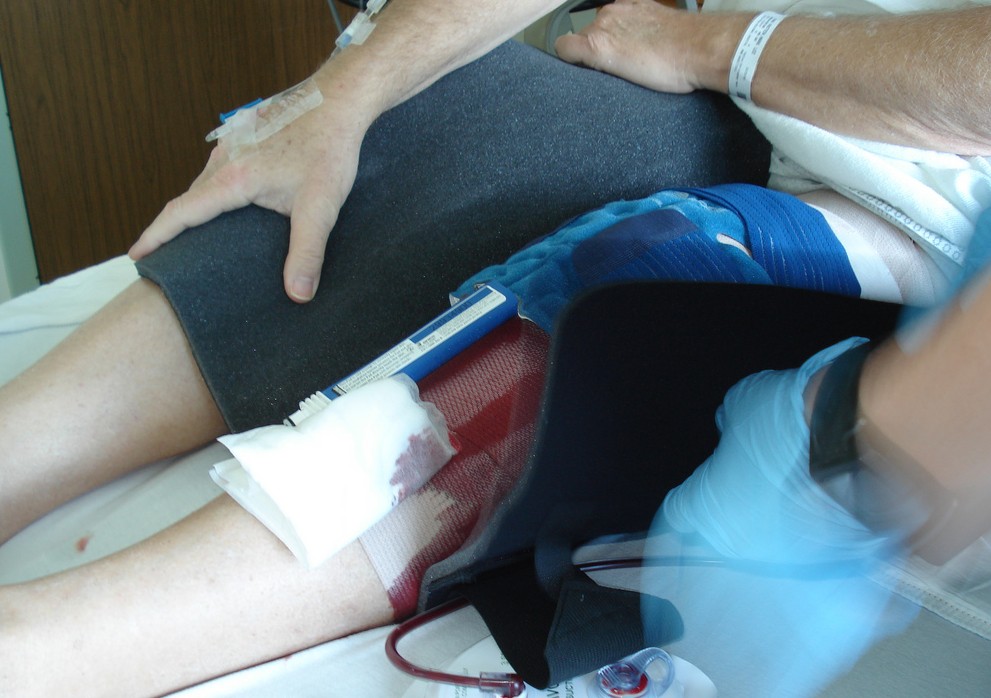
Joint Replacement Sensors
Hip joint replacement operations and knee joint replacement operations have become commonplace, but complications are commonplace, too. Too often patients push to hard too fast, or don't use their joints enough, or suffer infections acquired in the operating room. Sensors that detect pressure, temperature, load, and strain can now be manufactured with the joint, sending information to doctors that they can use to correct joint problems at an earlier stage. Sensors can also tell doctors if the artificial joint and living bone are not fusing properly, so they can advise their patients of limitations on the joint that will prevent catastrophic failure.
- Important notification about information and brand names used in this slideshow!
- Photo courtesy of GoingLikeSixty.com by Flickr : www.flickr.com/photos/25225730@N00/4177718630/
- Lin JF, Kulic D. Human pose recovery for rehabilitation using ambulatory sensors. Conf Proc IEEE Eng Med Biol Soc. 2013 Jul
- 2013:4799-802. doi: 10.1109/EMBC.2013.6610621.PMID: 24110808.

Automatic Medication Dispensers
In the USA, older people, who tend to have trouble keeping up with details, are often asked to take multiple medications. Someone who has had a heart attack almost certainly will be prescribed a beta blocker for high blood pressure, an ACE inhibitor or a ACE receptor blocker for high blood pressure, a statin for cholesterol or inflammation, a sodium channel blocker, a nitrate to keep blood vessels open and nitroglycerine for emergencies, and often 3 to 5 drugs for diabetes. It's a lot to keep up with. The new automatic medication dispensers can count out pills and remind patients to take them. And a sensor implanted into the patient's hip can be used to relay messages from the doctor's office to the pill dispenser--although why it is necessary to "chip" the patient is something most patients would want to ask.
- Important notification about information and brand names used in this slideshow!
- Photo courtesy of Wendy by Flickr : www.flickr.com/photos/smkybear/5363999563/
- Testa M, Pollard J. Safe pill-dispensing. Stud Health Technol Inform. 2007
- 127:139-46. PMID: 17901607.
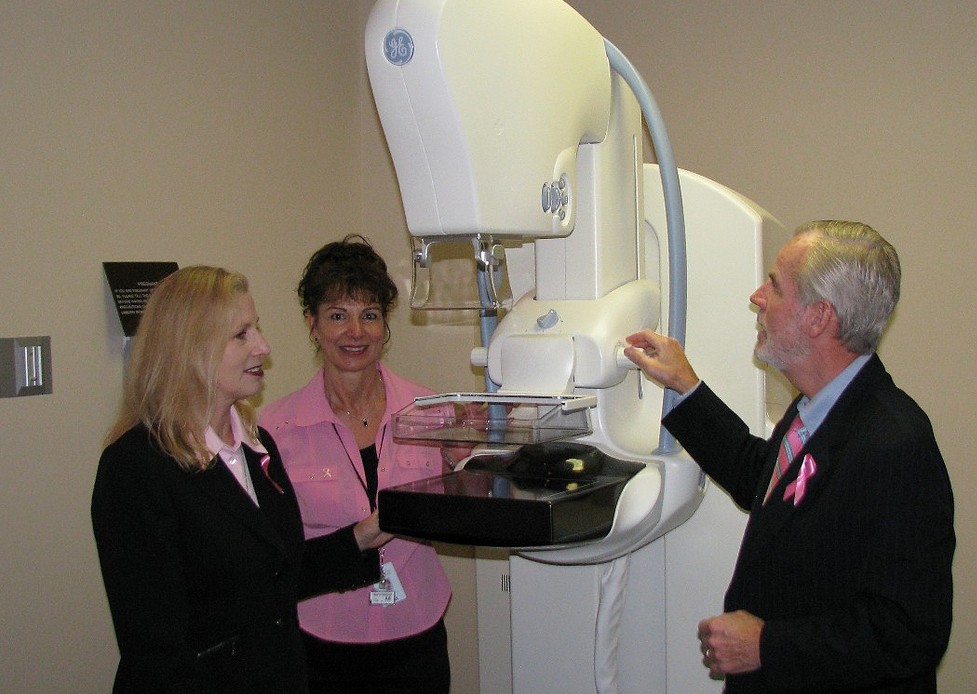
3-D Mammography
3-D mammography allows doctors to see tiny clusters of cancer cells that are usually missed on conventional mammography. Pioneered at the prestigious Cleveland Clinic, the 3-D mammogram is seen not as a replacement for conventional mammograms, but as a way of detecting changes at the earliest possible stage so that treatment can be as non-traumatic as possible. Doctors hope that the technique will enable them to make mastectomy, the removal of the entire breast, a relic of the past. There are concerns that women are exposed to additional radiation (which is, of course, a cancer risk factor of its own) as a result of this procedure, but doctors believe the benefits usually outweigh the risk.
- Important notification about information and brand names used in this slideshow!
- Photo courtesy of U.S. Department of Agriculture by Flickr : www.flickr.com/photos/usdagov/5118417058/
- Olgar T, Kahn T, Gosch D. Quantitative Image Quality Measurements of a Digital Breast Tomosynthesis System. Rofo. 2013 Jul 25.

A Magic Wand For Headache
Wouldn't it be wonderful if you could just wave a magic wand and make your headache go away? That is exactly they kind of technology that has emerged from research in Sweden and Switzerland. A walnut-sized neuromodulation device is attached to the nerves in the face during a simple operation to the jaw. The device can be activated by a wand at the first sign of pain from cluster or migraine headaches, in effect "turning them off" before they start. Clinical trials in Europe have found that the device works about 2/3 of the time, with no medications needed. The FDA has approved tests in the USA to begin in 2014.
- Important notification about information and brand names used in this slideshow!
- Photo courtesy of Robbie Wagner by Flickr : www.flickr.com/photos/robbiew/2304375255/
- Verrills P, Rose R, Mitchell B, Vivian D, Barnard A. Peripheral Nerve Field Stimulation for Chronic Headache: 60 Cases and Long-Term Follow-Up. Neuromodulation. 2013 Oct 24. doi: 10.1111/ner.12130.
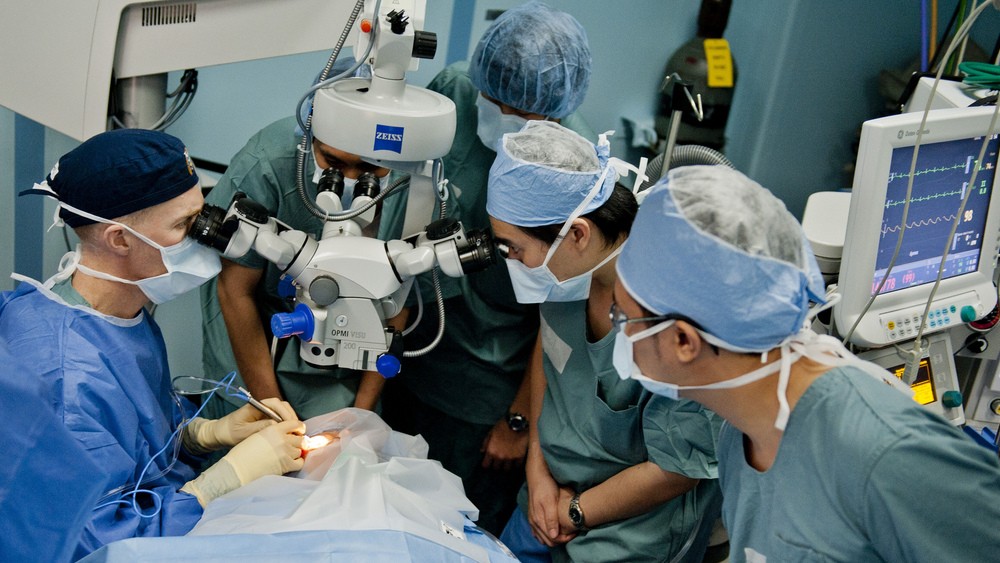
Femtosecond Laser Cataract Surgery
Cataract surgery is now a routine surgical procedure. Performed under local anesthesia, it takes less than half an hour, and does not require a hospital stay. Still, most people who have to have it aren't comfortable with a surgeon wielding a knife on their eyes, and surgical errors are possible. The Cleveland Clinic has developed the first "no knife" cataract surgery. Tiny holes in the lens are "drilled" by a femtosecond (billionth of a second) laser, the old, cloudly lens removed, and a new lens inserted, restoring vision. The procedure is less traumatic and less prone to complications, but if you don't want to be your doctor's training patient, you may need to get it at the Cleveland Clinic. The procedure is also available in Sydney, Australia, and at University College Dublin.
- Important notification about information and brand names used in this slideshow!
- Photo courtesy of Official U.S. Navy Page by Flickr : www.flickr.com/photos/usnavy/7335691092/
- Martin AI, Hodge C, Lawless M, Roberts T, Hughes P, Sutton G. Femtosecond laser cataract surgery: challenging cases. Curr Opin Ophthalmol. 2013 Nov 15.
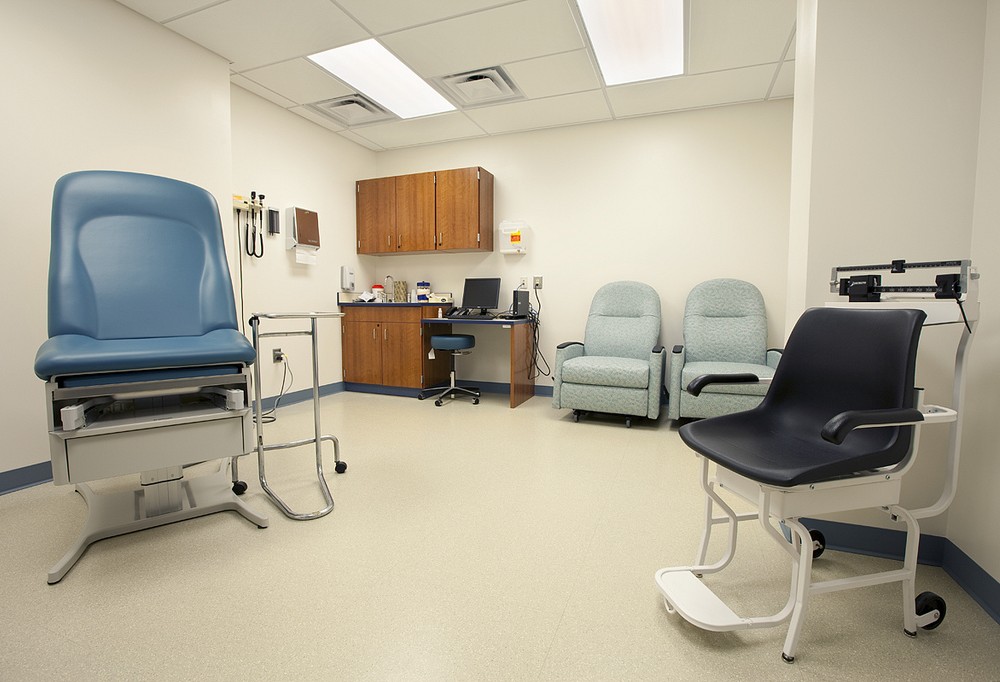
Bariatric Surgery For Diabetes
Type 2 diabetes is a condition that both causes hunger and is caused by overeating. When insulin becomes part of treatment, as it often does, the need to eat to keep blood sugar levels up and not-eat to keep blood sugar levels from soaring becomes very, very difficult to manage. Some diabetics, especially those who are more than 50% overweight, are being offered bariatric surgery, usually intended for weight loss, to make it impossible for them to overeat, so they can keep their blood sugar levels in control. There are numerous complications from this approach, however, and some diabetes experts advise that the same results can be accomplished with a low-carbohydrate diet.
- Important notification about information and brand names used in this slideshow!
- Photo courtesy of HCHMD by Flickr : www.flickr.com/photos/hchmd/4660473266/
- Dalbeth N, Chen P, White M, Gamble GD, Barratt-Boyes C, Gow PJ, Orr-Walker B. mpact of bariatric surgery on serum urate targets in people with morbid obesity and diabetes: a prospective longitudinal study. Ann Rheum Dis. 2013 Nov 19. doi: 10.1136/annrheumdis-2013-203970. [Epub ahead of print].PMID: 24255548.


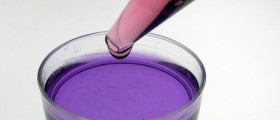

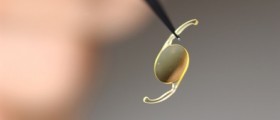
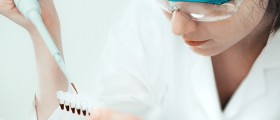

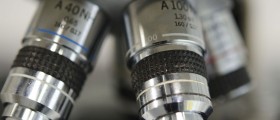
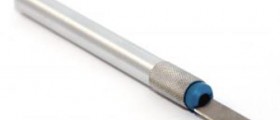
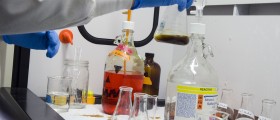
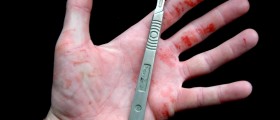
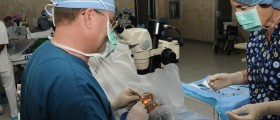




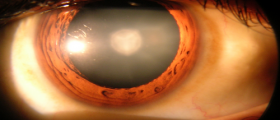

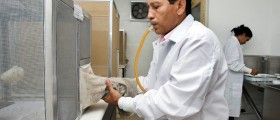

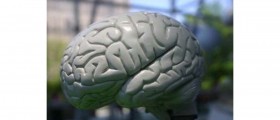


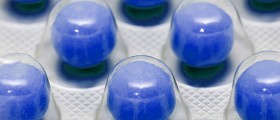

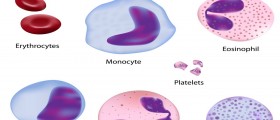
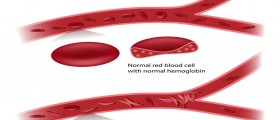
Your thoughts on this
Loading...